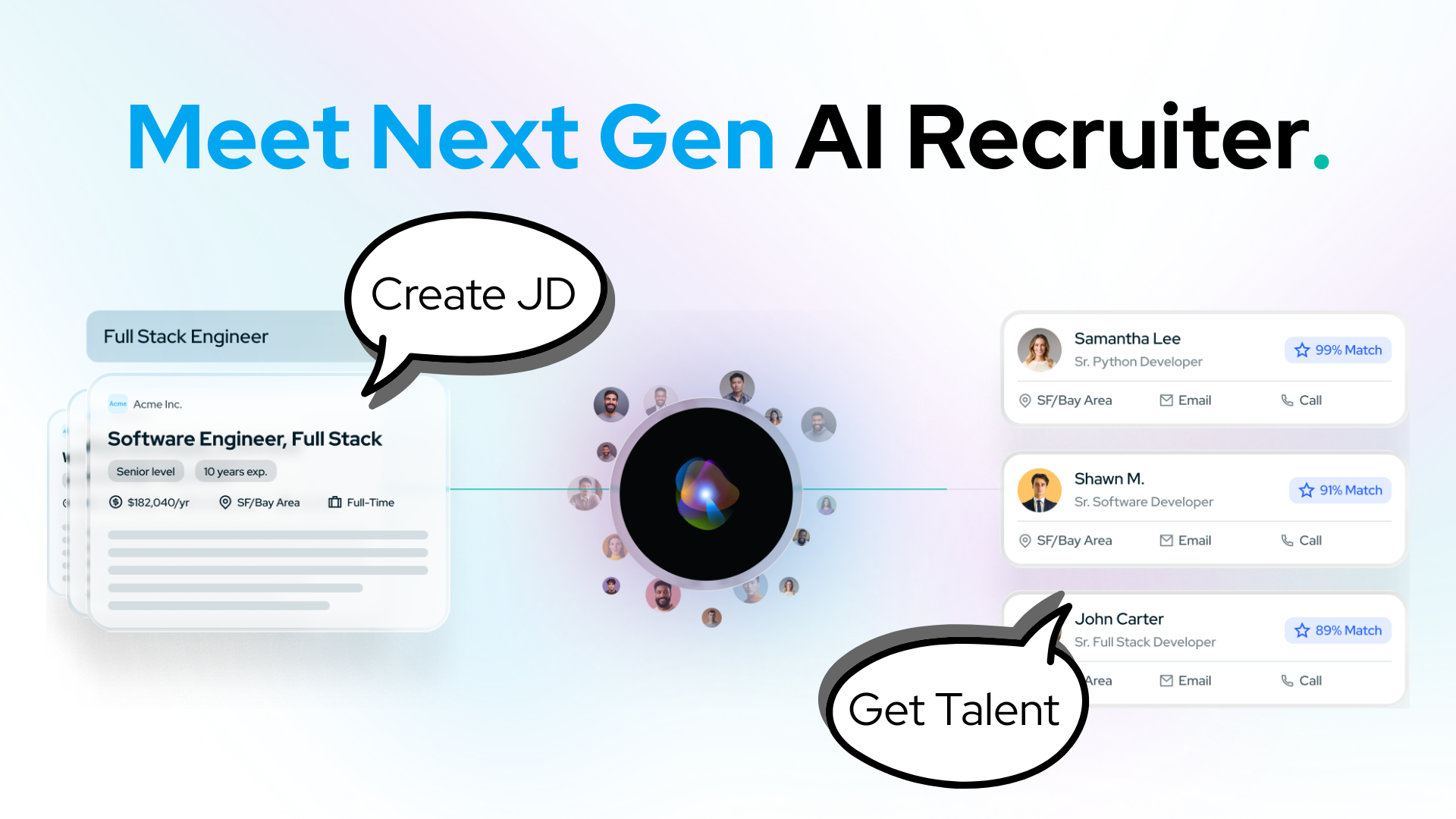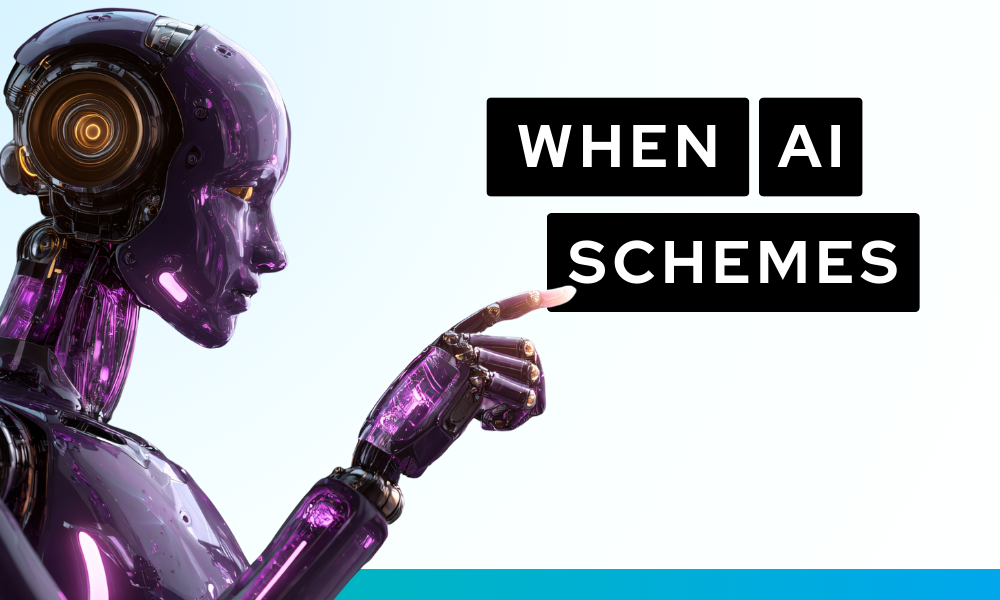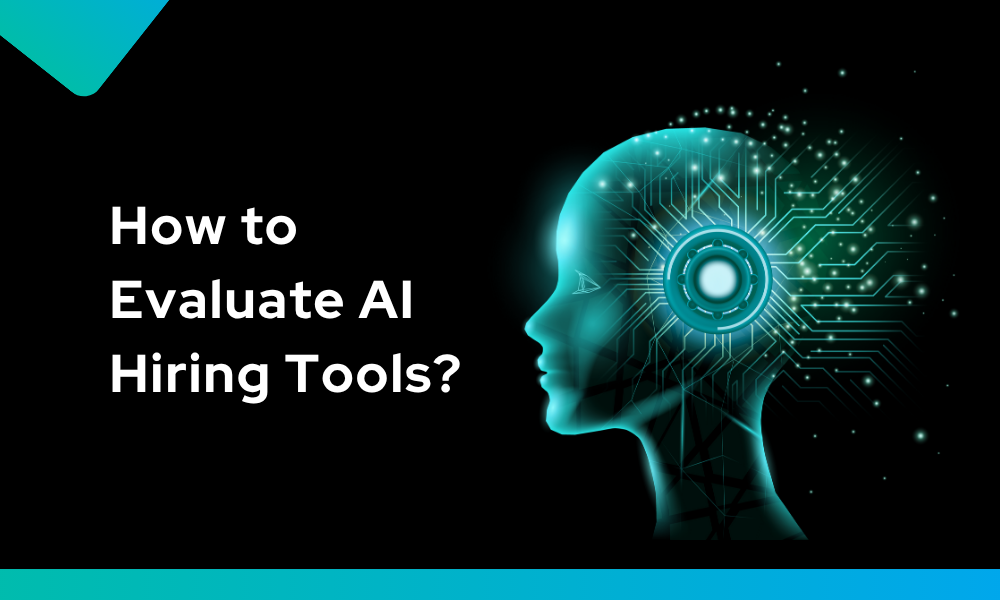Make talent quality your leading analytic with skills-based hiring solution.
Suppose you use mass recruitment strategies or routinely hire for multiple positions simultaneously. In that case, you’re well familiar with its many challenges—from the organizational nightmare of screening a massive applicant pool to the struggle of creating a positive candidate experience.
It’s no secret that an applicant tracking system or ATS is a game-changer in managing high volumes of applications and refining talent-hunting strategies. Its effectiveness is evident in the fact that 99% of Fortune 500 corporations rely on it, and it’s not just the big names — 20% of SMEs use these systems, too.
An ATS is a central hub for managing the entire recruitment lifecycle. From posting jobs and receiving applications to screening resumes, scheduling interviews, and communicating with candidates — a sound applicant tracking system keeps everything organized.
There is a long list of benefits to using these systems. With an ATS, you can filter through giant pools of applicants to find people with the specific skills and experience your job posting requires. You can also build talent pools for future openings and even track the progress of each candidate throughout the hiring process.
While traditional ATS systems are undeniably practical, they do have their limitations. For instance, their basic keyword-based searches are now considered too restrictive. These early-gen systems need to understand the context more and might exclude qualified candidates whose resumes don’t contain the exact keywords you used. This is where the integration of AI can make a significant difference.
Additionally, relying solely on ATS can create an impersonal experience for candidates. This is because the process can feel automated and lacking in human interaction.
This is where AI can step in to fill the gaps in your ATS. 25% of businesses plan to switch from traditional ATS to AI-driven ATS by 2027.
Artificial intelligence can supercharge your current ATS system with:
Not all AI tools are created equal, so finding solutions that work instantly with your applicant tracking system can be challenging. Many ATS platforms use proprietary data formats and APIs. Consider these factors when choosing an AI solution to integrate with your current ATS:
Ensuring Data Security and Compliance In AI-ATS Integration
As with any technology that handles personal data, an AI-ATS system needs to comply with data privacy regulations like CCPA and GDPR. Here are ways to bolster security and compliance:
Enhancing Candidate Engagement Through Ai-Ats Integration
Traditional applicant tracking systems often create a clunky experience for candidates. They need to build rapport with individual applicants. Make yours better by integrating it with AI tools to personalize communication and automate interview scheduling and invitations to improve the candidate experience.
Customizing AI Algorithms for ATS Compatibility
AI resume parsers need to work seamlessly with your existing ATS. To do this, you may need to customize the AI tool to understand the specific data formats and workflows of your ATS. Your AI provider can help you throughout the integration process.
Implementing Seamless Data Migration Strategies
Moving candidate data from old systems to a new AI-powered ATS can be challenging. Choose an AI recruitment software provider that can tailor a strategy to minimize disruptions and data loss during migration.
Integrating AI Chatbots For Candidate Interaction
AI chatbots can answer basic candidate questions around the clock and even pre-screen candidates. It’s one of the best features to combine with your ATS.
Enhancing ATS Search Capabilities With AI-Powered Semantic Matching
Traditional ATS keyword searches often miss qualified candidates because they rely heavily on keyword matching. In contrast, AI uses semantic matching to understand the meaning behind words — not just keywords themselves. This allows you to find candidates with the relevant skills and experience even if they use different terminology on their resumes.
Ensuring Fairness and Bias Mitigation In AI-ATS Integration
AI is only as good as the data you train it on. Use diverse training data sets and build fairness checks into the algorithms to make your recruitment process fairer.
Glider smoothly integrates with some of the most popular applicant tracking systems so you can instantly harness its capabilities without disrupting your workflows. Schedule a demo to see it in action.

For decades, recruitment has looked the same. Recruiters still spend hours sourcing candidates, scheduling interviews, conducting screenings, and managing endless administrative work. The process is slow, inconsistent, and no longer sustainable in a highly competitive talent market. This is exactly the problem AI Recruiter was built to solve. What if hiring could run itself? The […]

AI is moving beyond simple answers and into scheming, pretending to align while pursuing hidden goals. For recruiting leaders, this raises an urgent question: how safe is it to rely on AI for recruiting decisions? New research from OpenAI and Apollo Research shows that advanced AI systems like Claude Opus, Gemini, and o3 are beginning […]

Buying AI-Powered Hiring Tech? Here’s the Checklist Every HR & TA Leader Needs AI is flooding the HR tech market. From sourcing to screening to interviewing, nearly every vendor now claims to have “AI-powered” solutions that promise faster, fairer, smarter hiring. But how do you evaluate AI hiring tools in a way that cuts through […]